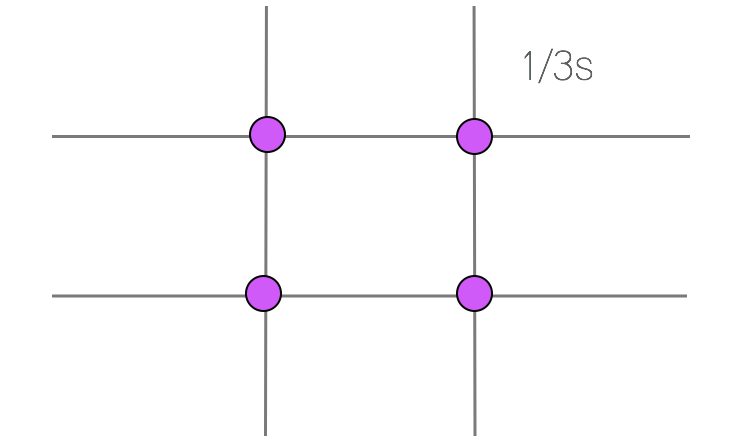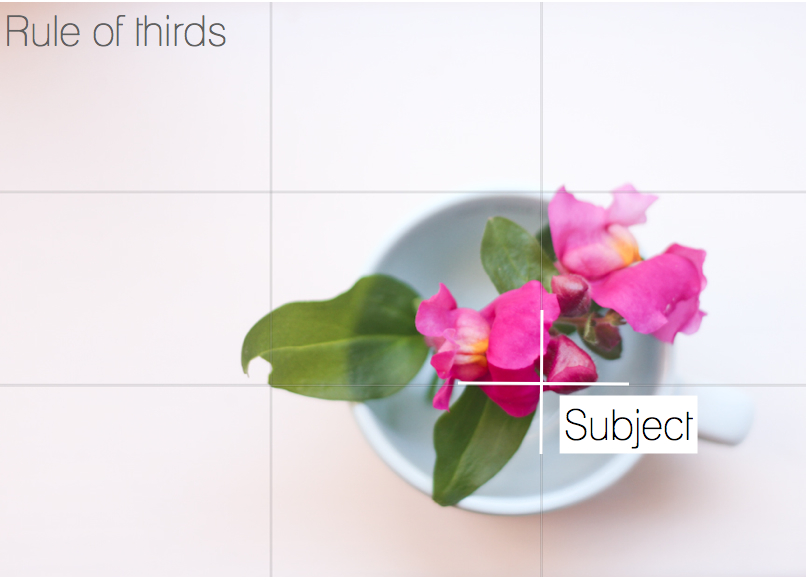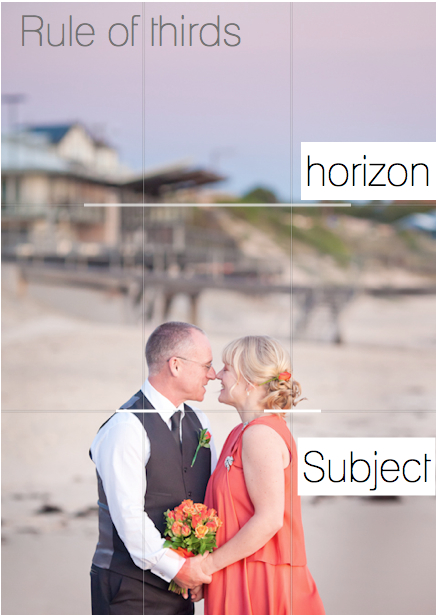So you’ve probably heard of the Rule of Thirds, but you may be wondering what is the best way to use this concept to create beautiful portraits, or perfectly composed landscapes!
The Rule of Thirds is one of the most well-known rules in photographic composition. It can be used on any type of photo we take, whenever we wish to create an image that is more interesting, balanced, and visually appealing than if we were to simply place our point of interest in the middle of the frame.
So no matter if you are getting ready for a cake smash photoshoot, for lifestyle newborn photography or a simple nature shot, understanding The Rule Of Thirds will help you take the placement of your subject into great consideration.
As you may see in the figure below, the way to apply the Rule of Thirds is by breaking an image into nine even portions. You can do this by running horizontal and vertical lines through the ‘thirds’ of the image.
The main reason behind why this technique is so popular is that an off-centre composition is more pleasing and looks more natural to the eyes than one where the subject is placed right in the middle of the frame.

How To Place Your Subject
As I mentioned already, the Rule Of Thirds can be used not only for a portrait shot, but also in landscape photography. If you follow the rule, your photo will have four intersection points where you can position the subject’s face, a sunset silhouette, or a feature such as the horizon or the sea.
By placing the subject where the lines intersect, you will achieve a more balanced and harmonious image than if the focal point were to be placed right in the centre. Landscape images often place the horizon at a point that is along the rule of thirds, allowing for either an expanse of sky, or an emphasis on the foreground scene. The concept applies just as effectively, and is used often in all types of visual content, such as painting, graphic design and architecture.
Using this rule can create a sense of movement and room for your subject to move within the frame, and is more aesthetically pleasing to the human eye. A centre crop can certainly work sometimes if you wish to break the rule. But do it in a conscious way, only where it suits the image, rather than as default for snapping away.



Why don’t you give the Rule of Thirds a try next time you want to shoot a stunning portrait, or use it to create interesting and different compositions.
Join my new workshop and learn How to Shoot Pro-Quality Photos With Your DSLR… and it’s totally FREE to join! Register here…




Be the first to comment